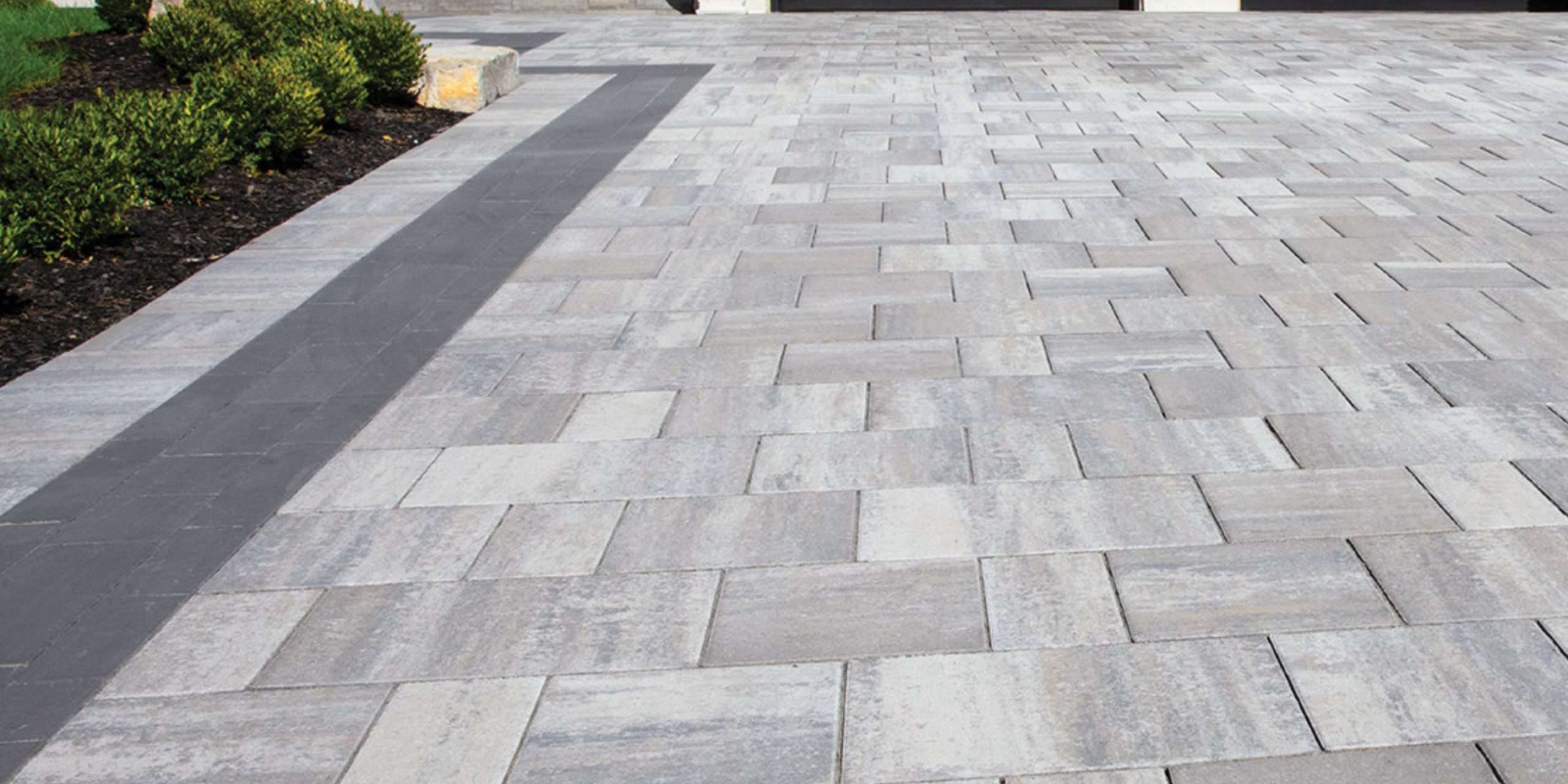Interlocking concrete pavers are an attractive and durable option for outdoor paving projects. They can be used for a variety of purposes, including patios, walkways, driveways, and even pool decks. However, like any other construction material, interlocking concrete pavers come with their own set of problems. In this blog post, we’ll discuss the top 7 problems and their solutions for interlocking concrete pavers.
1. Stains

One of the most common problems with interlocking concrete pavers is stains. Pavers can easily become stained from oil, grease, food, and other substances. The best way to prevent stains is to seal the pavers with a high-quality sealer. If your pavers are already stained, you can use a pressure washer and a cleaning solution to remove the stains.
2. Weeds

Weeds can be a nuisance and a constant problem for interlocking concrete pavers. The best way to prevent weeds is to use a weed barrier before installing the pavers. This will prevent weed seeds from germinating and growing through the pavers. If weeds do manage to grow, you can use a weed killer that is safe for use on concrete surfaces.
3. Shifting and Movement

Interlocking concrete pavers can shift and move over time due to soil settlement, heavy traffic, or freeze-thaw cycles. The best way to prevent shifting is to install a sturdy base that is properly compacted. If your pavers have already shifted, you can remove the affected area and reinstall the pavers.
4. Ants and Other Pests

Ants and other pests can build nests in the gaps between interlocking concrete pavers, which can lead to damage and instability. The best way to prevent pest infestations is to fill the gaps between the pavers with polymeric sand. This will prevent pests from building nests and help keep the pavers stable.
5. Fading and Discoloration

Interlocking concrete pavers can fade and become discolored over time due to exposure to the elements. The best way to prevent fading and discoloration is to use a sealer that contains a UV inhibitor. This will help protect the pavers from the sun’s harmful rays. If your pavers have already faded or become discolored, you can use a colored sealer to restore their appearance.
6. Drainage Issues

Poor drainage can cause water to pool on interlocking concrete pavers, which can lead to damage and safety hazards. The best way to prevent drainage issues is to ensure that the pavers are installed with a slight slope that allows water to flow away from the surface. If you have drainage issues, you can install a French drain or a dry well to redirect the water.
7. Cracks

Interlocking concrete pavers can develop cracks over time due to heavy traffic, freeze-thaw cycles, and settling. The best way to prevent cracks is to install a sturdy base and use high-quality pavers that are designed to withstand heavy traffic. If your pavers have already cracked, you can replace the affected pavers or use a filler to repair the cracks.
In conclusion, interlocking concrete pavers are a popular choice for outdoor paving projects due to their durability and aesthetic appeal. However, like any other construction material, they come with their own set of problems. By following the solutions listed above, you can prevent and address the most common problems with interlocking concrete pavers.


